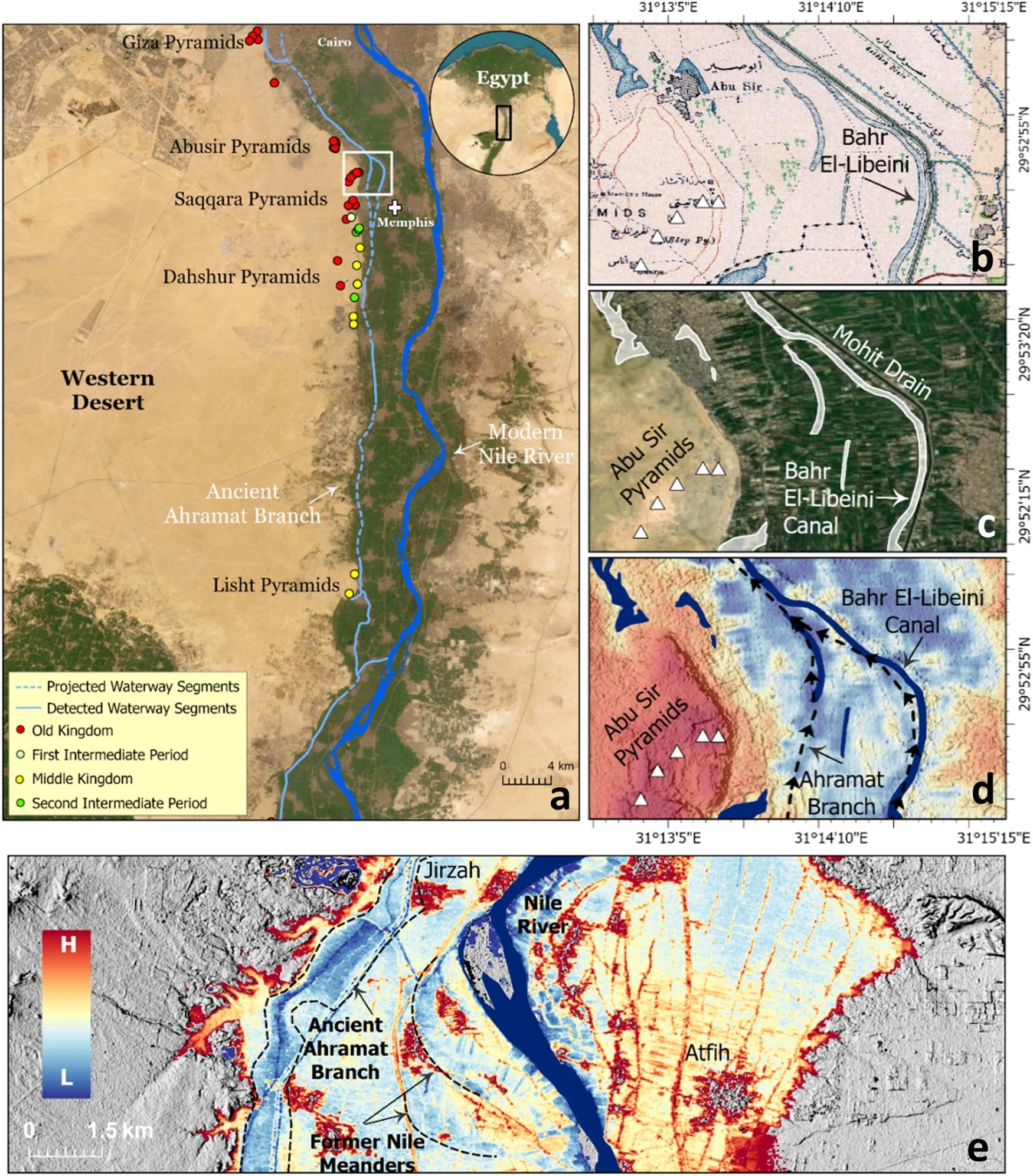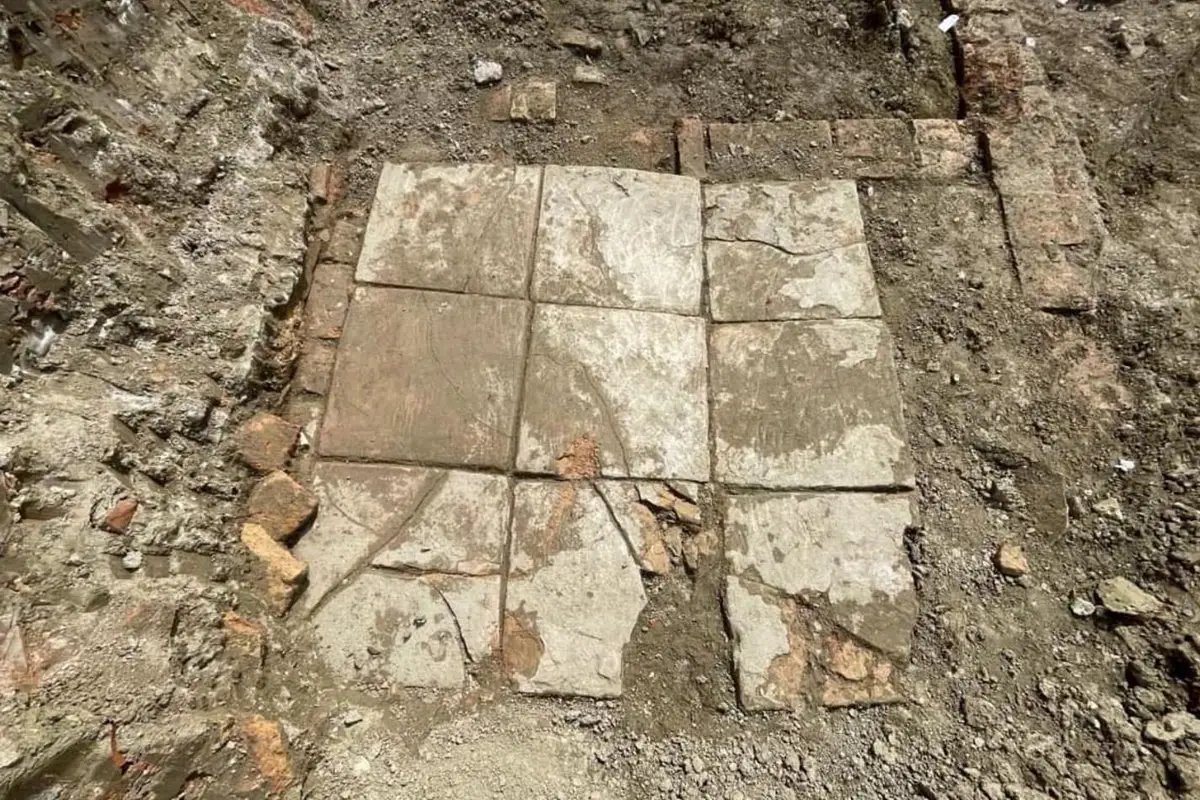Archaeology
Study reveals disease landscape of Ancient Egypt
A new study, published in the journal Advances in Parasitology, has conducted a meta-analysis of mummies to reveal new insights into the disease landscape of Ancient Egypt.
Egypt’s position in Africa, with the Mediterranean sea to the north, the Red Sea to the East, and the Sahara Desert to the west, means that the River Nile acted as the main conduit for water-born parasites not normally found in arid regions.
Furthermore, as Egypt expanded its borders through war and conquest, and traded with other Bronze Age cultures, this led to further exposure of the population to infectious diseases and parasites from the Mediterranean regions.
Various medical texts written on papyri actually contain descriptions of diseases and their treatments, with some describing worms and blood in the urine that could indicate cases of urogenital schistosomiasis (also known as snail fever). This is a disease caused by parasitic flatworms called schistosomes, and is spread by contact with fresh water contaminated with the parasites.
An adaption of modern techniques can be used in the clinical analysis and detection of such parasites, such as light microscopy for identifying the eggs of intestinal helminths. In the case of Ancient Egyptian mummies, dry samples are rehydrated in trisodium phosphate solutions before they can be visualised.
By applying a meta-analysis approach, the results reveal that 65% of mummies analysed revealed positive results for schistosomiasis, 40% for headlice, 22% for falciparum malaria, and 10% for visceral leishmaniasis.
The study authors suggest that the Nile played a pivotal role in the spread of such diseases, by enabling mosquitos to breed and spread malaria and filariasis. Also, the irrigation of fields using the Nile waters likely put farmers at risk of infection from schistosomiasis.
The study concludes: “The evidence brought together here shows that parasite infection in ancient Egypt and Nubia was quite distinct from that found in many other civilisations of the ancient world. Species spread by ineffective sanitation were rare, possibly due to the role of the annual Nile floods fertilizing the fields so that the population did not need to use their faeces to do so. It was zoonotic parasites that dominated.”
Header Image Credit : Shutterstock
Sources : ScienceDirect – Chapter Two – Parasites in ancient Egypt and Nubia: Malaria, schistosomiasis and the pharaohs. https://doi.org/10.1016/bs.apar.2023.12.003
This content was originally published on www.heritagedaily.com – © 2023 – HeritageDaily
Archaeology
Groundbreaking study reveals new insights into chosen locations of pyramids’ sites

A groundbreaking study, published in the journal Communications Earth & Environment, has revealed why the largest concentration of pyramids in Egypt were built along a narrow desert strip.
Since the beginning of the Pharaonic era, the Nile River has played a fundamental role in the rapid growth and expansion of the Egyptian civilisation.
The Nile provided sustenance and functioned as the primary mode of transportation for goods and building materials, which explains why most of the main cities of the Egyptian civilisation were built in close proximity to the banks of the Nile and its peripheral branches.
Over the centuries, the primary channel of the Nile shifted laterally, causing these peripheral branches to silt up. As a result, population centres were cut off from the vital resources the river provided.
Image Credit : Eman Ghoneim et al
This is apparent with the pyramids along the Western Desert Plateau, where a majority of the pyramids are concentrated along a narrow desert strip several kilometres from the current primary channel of the Nile.
Using a combination of radar satellite imagery, geophysical data, and deep soil coring, the study has investigated the subsurface structure and sedimentology in the Nile Valley adjacent to the pyramid clusters.
This has revealed an extinct branch of the primary channel called the Ahramat Branch, which was connected to the pyramids of the Old and Middle Kingdoms via causeways and their Valley Temples.
According to the study authors: “The Ahramat Branch played a role in the monuments’ construction and was simultaneously active and used as a transportation waterway for workmen and building materials to the pyramids’ sites.”
The eastward migration and abandonment of the Ahramat Branch could be attributed to gradual movement of the river to the lower-lying adjacent floodplain or tilting of the Nile floodplain toward the northeast as a result of tectonic activity, as well as windblown sand incursion due to the branch’s proximity to the Western Desert Plateau.
Header Image Credit : Eman Ghoneim et al
Sources : Ghoneim, E., Ralph, T.J., Onstine, S. et al. The Egyptian pyramid chain was built along the now abandoned Ahramat Nile Branch. Commun Earth Environ 5, 233 (2024). https://doi.org/10.1038/s43247-024-01379-7
This content was originally published on www.heritagedaily.com – © 2023 – HeritageDaily
Archaeology
Archaeologists find Roman villa with ornate indoor plunge pool

Archaeologists from the National Institute of Cultural Heritage have uncovered a Roman villa with an indoor plunge pool during excavations at the port city of Durrës, Albania.
During antiquity, Durrës was founded by Ancient Greek colonists from Corinth and Corcyra.
The colony emerged into a major trading centre, which during the Roman period was annexed into the expanding territory of the Roman Republic following the conclusion of the Illyrian Wars.
By the 4th century, the city (named Dyrrachium), emerged as the capital of the Roman province of Epirus nova, covering the region of Ancient Epirus.
Image Credit : IKTK
Archaeologists excavating a former residential part of the ancient city have uncovered a high status Roman villa that dates from between the 1st and 4th century AD.
The villa interior contains an indoor pool, richly decorated with frescoes on the walls and mosaic flooring with tiles and inlays of marble, stone, glass and ceramics. Located adjacent to the pool are shallow square basins lined with waterproof mortar, believed to be the remains of an ancient water feature.
Within the northern area of the excavation site, archaeologists found a large brick floor from a thermae, a Roman bath, and further traces of walls from the wider complex.
In the western area, the team discovered fragments of relief stucco that was used to decorate the walls and ceilings of the villa. The reliefs depict anthropomorphic and floral motifs, further indicating the wealth of the villa inhabitants.
According to the archaeologists, the villa was destroyed by an earthquake in the 4th century, corresponding with ancient sources that describe a powerful earthquake causing buildings to collapse and the city defences to crumble.
Header Image Credit : IKTK
Sources : National Institute of Cultural Heritage
This content was originally published on www.heritagedaily.com – © 2023 – HeritageDaily
-

 Ghosts2 years ago
Ghosts2 years agoZozo: The Ouija Board Demon
-

 Space2 years ago
Space2 years agoScientists claim to have found the answer what existed before the Universe
-

 Ghosts2 years ago
Ghosts2 years agoOld Coot of Mount Greylock
-
Archaeology1 year ago
New discoveries at Ekʼ Balam during conservation works
-

 General3 years ago
General3 years agoUC San Francisco engaging in horrifying experiments, organ harvesting of live babies in the name of “science”
